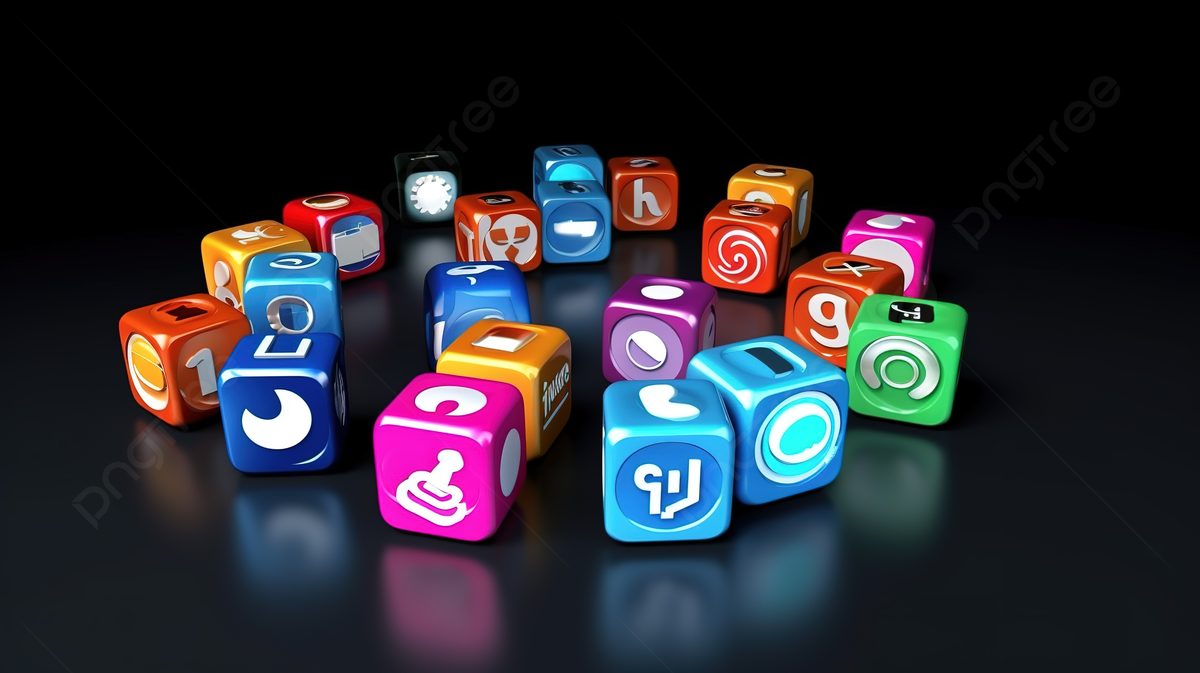Creating Meaningful Visual Connections
In the digital era we live in, user experience has become a critical factor for the success of any product or service. In this context, graphic design plays a pivotal role in influencing how users interact and visually connect with a brand, website, or application. In this article, we’ll explore the role of graphic design in user experience and how it can enhance usability, aesthetics, and effective communication.
What is User Experience (UX)?
User Experience (UX), refers to how an individual perceives and interacts with a product, service, or digital system. It focuses on the satisfaction, efficiency, and ease of use that a user experiences during their interaction. The primary goal of UX is to create a positive and meaningful experience that fulfills the user’s needs and expectations.
User-Centered Design
The graphic design relies on understanding the needs and expectations of the user. Designers must consider the target audience and create designs that align with their preferences and behaviors, resulting in a more personalized and satisfying experience.
Intuitive navigation.
Graphic design influences the way users navigate through a website or application. By using a clear information structure, visual hierarchies, and intuitive navigation elements, graphic design helps users quickly find what they are looking for, enhancing the overall experience.
Design of appealing interfaces.
The graphic design plays a crucial role in the aesthetics and visual presentation of a user interface. The use of appealing and consistent colors, typography, images, and graphic elements creates a visually pleasant and attractive experience, enhancing user engagement and retention.
Effective communication.
Graphic design allows for the clear and effective communication of information. Through the use of icons, graphics, infographics, and suitable visual elements, designers can simplify complex concepts and facilitate the understanding of information for users.
Evoking emotions and emotional connection.
Graphic design has the power to evoke emotions and create an emotional connection with users. By using colors, images, illustrations, and designs that reflect the values and personality of the brand, one can create an experience that elicits a positive emotional response from users.
“The success of good graphic design according to UX: Conveying information clearly and effectively, facilitating the understanding of the message.”
JUAN RICCI

Optimization for different devices.
Graphic design also involves tailoring the user experience to different devices, such as mobile phones and tablets. Through the use of responsive design techniques, designers can ensure that the experience is consistent and optimized across all devices, providing a seamless and accessible user experience.
Long-lasting relationship with the user.
A successful graphic design is not only about functionality but also about creating an emotional connection with the user. This is achieved through the use of colors, images, and visual elements that reflect the brand’s personality and values, creating an emotionally fulfilling experience and establishing a lasting relationship with the user.
Improving user satisfaction.
The ultimate goal of successful graphic design according to UX is to enhance user satisfaction. This involves providing a visually appealing, functional, and user-friendly experience that meets the user’s needs and expectations. A design that achieves this will not only generate satisfied users but also increase the likelihood of them returning to use the product or service and recommending it to others.
CONCLUSIONS
In conclusion, graphic design plays a pivotal role in user experience by creating significant visual connections. Through a blend of aesthetics, functionality, and effective communication, graphic designers have the ability to directly impact how users interact with and perceive a product, service, or digital platform.
User-centered design is critical in understanding the needs and expectations of the target audience. By understanding users and their preferences, designers can create visual solutions that adapt to their requirements, delivering a personalized and satisfying experience.
Intuitive navigation is another critical aspect of graphic design in user experience. By utilizing a clear information structure and intuitive navigation elements, designers make it easier for users to search for and access desired information, improving usability and preventing unnecessary frustrations.
Aesthetics and visual presentation directly influence the impression users have of an interface. Employing harmonious colors, suitable typography, high-quality images, and consistent graphic elements creates a visually pleasant experience, capturing users’ attention and encouraging their engagement.
Graphic design also enables effective communication. Through the use of icons, graphics, infographics, and other visual elements, designers can simplify complex information and facilitate user understanding. This is particularly important in products or services that require clear and concise explanations.
Additionally, graphic design has the power to evoke emotions and create an emotional connection with users. By using visual elements that reflect a brand’s values and personality, designers can establish an emotional connection with users, creating a memorable experience and strengthening brand loyalty.
Graphic design should also consider optimization for different devices. With the increasing use of mobile devices, it’s essential for interfaces to be responsive and adapt to different screen sizes. This way, users can enjoy a seamless and consistent experience regardless of the device they use.
Visual feedback is another important aspect of graphic design in user experience. Through animations, micro-interactions, and dynamic visual elements, designers can provide real-time feedback, guiding users during their interactions and providing a clearer and more comprehensible experience.
In summary, graphic design plays an essential role in user experience, influencing how users interact, perceive, and engage with a product or service. Through user-centered design, attractive aesthetics, effective communication, and optimization for different devices, designers can create memorable and satisfying experiences, forging significant visual connections and strengthening the relationship between users and brands. In an increasingly competitive digital world, graphic design has become an indispensable tool to stand out and offer experiences that endure in the minds and hearts of users.




